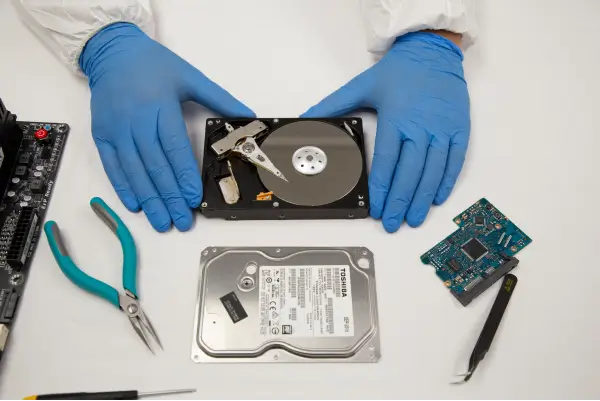People want to be able to access files they use every day like word docs on a desktop. But sometimes, consumers simply need a backup solution for storing older but still valuable data. Dropbox has created a layer of cold storage as an inexpensive way to store files that are infrequently accessed.
The Basics of Dropbox Storage
Dropbox is a file hosting service that provides businesses and individuals with cloud storage, file synchronization, and more to create a central place to share files for a smoother workflow. They originally offered what they called the “Magic Pocket” as a way to keep all files in one convenient location. The system stores both file content and metadata about files and users.
It has since evolved as a dedicated storage infrastructure that Dropbox created themselves. Their storage is in-house so developers can customize the entire process and improve performance. They were able to create their own storage brand through code development that included a clean appearance, strong automation and high levels of data durability and availability.
Creating Cold Storage
Ensuring people’s files were made readily available to them was one hurdle in creating an effective means of cold storage. Cold storage is defined as a computer system or operation that allows for the retention of data that is inactive. Cold storage is usually associated with cryptocurrency wallets so bitcoins and other types of virtual currency can stay protected from potential hacking and bankruptcy online. However, it can be used to store old projects, financial records, business recordings, or legal documents.
This type of system has a slower file retrieval time and is cheaper, though in some instances, the pre-operation costs are higher. Nowadays, this type of system is described as purely offline access in contrast to hot storage, which is faster and has a higher cost and data capacity.
Why the Dropbox Professionals Support Cold
When the Dropbox business developed its own storage means, they found that people were using their services primarily as a backup and were not regularly accessing the large files for spans of time as long as years. This made it clear that it did not make sense to use the more expensive hot storage for files that were not touched for long periods of time. Thus, the long-term cold service was born.
The challenge for the engineers was developing cold storage that had an acceptable amount of wait time when attempting to access the files. The company announced that they would be using the same hardware and network but save costs by reducing disk usage. The 25% decrease in usage did not compromise the availability of the files. They promised that users would hardly be able to tell the difference. Overall, they project that the new dual hot and cold system will save them up to 15% in costs over a period of time.
Most Secure Cold Storage
A hardware encrypted storage device like the SecureDrive can provide total security for files offline. With a tough epoxy coating and portable design, it can go with you anywhere. The KP model requires a unique PIN to unlock the drive. The PIN is entered via the wear-resistant keypad. The BT model is only unlocked by using an app on your mobile phone. Our SecureDrive line can help keep files safe and only accessible to the user.













